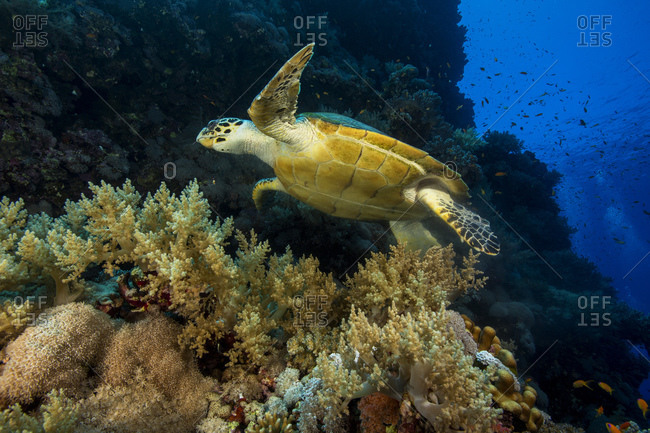

Be Aware of Sea Turtle Nesting Areas and Avoid Nesting and Hatching Turtles! Discarded items such as fishing lines, balloons and plastic bags may also be confused for food and eaten by sea turtles, often resulting in injury or death. Sea turtles can become tangled in plastic and trash both on the shore and in the water. Short of turning off your lights, you can also take measures to shield, redirect and lower the intensity of the lights on your property. Artificial lights also discourage adult females from nesting on the beach. Artificial lighting confuses the hatchlings and causes them to head inland instead of out to sea – putting them in dangerous situations which can lead to death. Sea turtle hatchlings use light and reflections from the moon to find their way to the water at night. The rangers collect important data and inform their communities about laws to protect turtles.Here are ways you can help save the turtles: Turn Out or Replace Lights Visible From the Beach with Turtle Friendly Lights! In the western Solomon Islands, WWF supports local rangers on the beaches throughout turtle nesting and hatching seasons to protect against egg harvesting and hunting. Radio broadcasts and advocacy events spread the message among local fishermen, souvenir shop owners, and tourists about the problem of turtle trade. Activities include better training for law enforcement officials in both areas and a public awareness campaign in China, targeting areas where turtle trade is the highest. WWF has been supporting a campaign led by TRAFFIC to combat illegal trade from the Coral Triangle and reduce demand in China. We also train and equip local rangers to patrol turtle nesting beaches and protect against poaching. WWF works through TRAFFIC, the wildlife trade monitoring network, to stop the illegal trade of turtle shells, meat, and eggs. WWF also supports programs that promote the value of sea turtles. Because exploitation of turtles is often driven by a lack of economic choices, we help develop alternative livelihoods so that local people are no longer dependent on turtle products for income. WWF works with local communities to reduce turtle harvesting and egg collection. We work to secure environments in which both turtles and the people that depend upon them can survive. WWF is committed to stopping the decline of sea turtles and works for the recovery of the species. Nearly all species of sea turtle are now classified as endangered, with three of the seven existing species being critically endangered. Climate change has an impact on turtle nesting sites it alters sand temperatures, which then affects the sex of hatchlings. They also face habitat destruction and accidental capture-known as bycatch-in fishing gear. Slaughtered for their eggs, meat, skin, and shells, sea turtles suffer from poaching and over-exploitation. Over the last 200 years, human activities have tipped the scales against the survival of these ancient mariners.


WWF's work on sea turtles focuses on five of those species: green, hawksbill, loggerhead, leatherback, and olive ridley. While these highly migratory species periodically come ashore to either bask or nest, sea turtles spend the bulk of their lives in the ocean.

Seven different species of sea (or marine) turtles grace our ocean waters, from the shallow seagrass beds of the Indian Ocean, to the colorful reefs of the Coral Triangle and the sandy beaches of the Eastern Pacific.


 0 kommentar(er)
0 kommentar(er)
